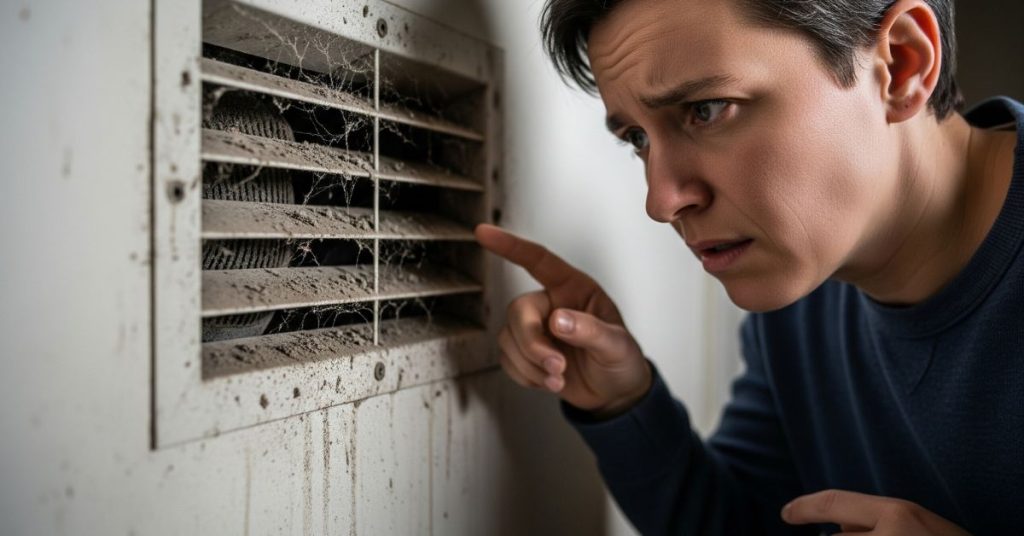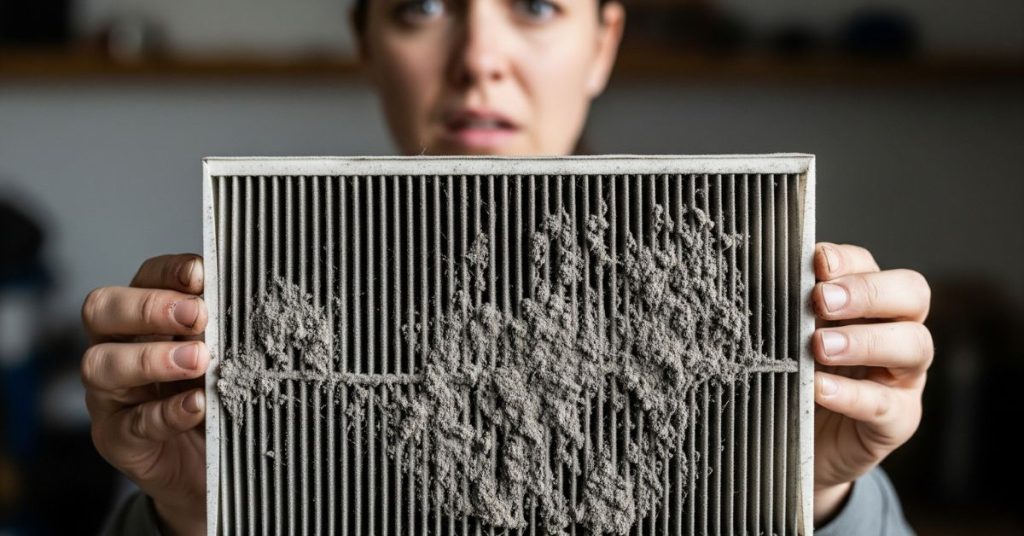Fire department advice on air duct cleaning emphasizes its vital role in fire prevention, as neglected HVAC systems can harbor flammable debris that increases fire risk in homes and businesses.
Key Takeaways:
- Duct cleaning reduces fire hazards from dust and lint buildup.
- HVAC maintenance is a critical fire prevention step.
- Fire departments link many house fires to dirty ductwork.
- Regular inspections help detect risks early.
- Following fire department advice on duct cleaning can save lives.
The Vital Role of Air Duct Cleaning in Fire Prevention
When discussing fire safety in homes and commercial buildings, air duct cleaning rarely takes center stage. Yet, fire departments across the United States have voiced growing concerns over the fire risks associated with neglected HVAC systems. Accumulated dust, debris, pet dander, and, most dangerously, lint and flammable particulates, can become potential ignition sources inside air ducts.
Fire officials emphasize that these contaminants act like kindling in dry conditions, particularly when HVAC systems overheat, malfunction, or experience electrical shorts. Proper and regular duct maintenance is no longer just a recommendation—it is a fire safety imperative.
Statements from Fire Departments Nationwide
Fire departments across the country are increasingly issuing public safety announcements concerning HVAC fire hazards. The National Fire Protection Association (NFPA) reports thousands of house fires each year linked directly to heating systems, including those involving ductwork.
According to fire officials:
“Homeowners don’t realize that neglected air ducts can house flammable materials. When you combine that with faulty electrical wiring or heat from overused furnaces, the conditions are perfect for a fire.“
Similarly, the Los Angeles County Fire Department highlighted in a 2024 bulletin:
“Duct cleaning is not just about air quality—it’s about fire prevention. If you haven’t had your ducts inspected in the past 3–5 years, you’re increasing your risk of a fire hazard inside your walls.“
How Dirty Air Ducts Become Fire Hazards

1. Accumulated Lint and Dust
Much like the lint traps in dryers, air ducts can trap lint over time—especially in homes with pets, smokers, or significant indoor activity. This trapped lint is highly flammable, and when exposed to heat from furnaces or electrical faults, it can ignite quickly, causing dangerous house fires.
2. Electrical Wiring Near HVAC Systems
In many buildings, air ducts run near electrical wiring, light fixtures, and control panels. Over time, vibrations or pests can damage insulation on wires. Exposed or faulty wiring can arc, causing sparks that can ignite nearby lint, dust, or insulation inside the ducts.
3. Overheating Systems and Blocked Vents
If airflow is restricted due to blockages in the duct system, furnaces and air conditioners must work harder, potentially leading to overheating. In extreme cases, this excessive heat can cause fires to spark internally, often undetected until it’s too late.
Firefighter-Endorsed Benefits of Professional Air Duct Cleaning
Professional air duct cleaning not only improves indoor air quality but offers several fire-related safety benefits endorsed by fire departments:
- Removes Flammable Debris: HEPA-certified vacuums and brushes thoroughly remove dust, lint, and other flammable particles from air ducts.
- Improves Airflow Efficiency: Cleaner ducts reduce HVAC system strain, helping prevent overheating and lowering the risk of fire-related malfunctions.
- Enables Early Problem Detection: Professionals spot mold, pests, or damaged insulation early, preventing these issues from escalating into safety hazards.
- Mitigates Smoke Backflow Risks: Clean ducts slow smoke spread during fires, providing residents extra time to evacuate safely and avoid injury.
For detailed guidance on maintaining HVAC systems and improving air quality, see the EPA’s Indoor Air Quality Guide.
Compliance with Fire Safety Standards and Building Codes
Modern building codes increasingly recognize the importance of air duct maintenance. Many local fire departments now require HVAC inspections as part of compliance for rental properties, businesses, and multi-family dwellings.
For example, in New York City, the Fire Code FC 609.4 mandates regular cleaning of ventilation systems in commercial kitchens to prevent grease fires. Similarly, several counties in California enforce mandatory inspections every 2–4 years for public buildings.
Failing to comply with these codes not only increases fire risk but can also invalidate insurance coverage in case of a fire. Insurance adjusters routinely inspect the condition of ductwork during fire investigations.
Air Duct Cleaning in Commercial and Industrial Settings
In commercial environments, the risks escalate. Factories, restaurants, and hospitals operate HVAC systems nearly 24/7, increasing wear and accumulation of combustible materials.
Firefighters in Houston, TX, recently extinguished a multi-alarm fire traced back to a clogged exhaust duct in a commercial bakery. Investigators concluded that years of unaddressed buildup created a superheated tunnel that ignited flour particles.
Regular air duct maintenance in such environments is not optional—it’s a critical fire suppression strategy.
Warning Signs That Your Air Ducts May Be a Fire Risk
The fire department advises homeowners and businesses to look for the following indicators of duct fire risk:
- Visible dust and lint buildup around vents and returns
- Burning smells when the HVAC system is in operation
- Hot spots or discolored walls near duct paths
- Noisy or sluggish HVAC performance
- Pests or rodent droppings near ducts, indicating potential nests inside
If any of these symptoms are present, immediate inspection of the HVAC system and air ducts is essential to identify and address potential fire hazards.

Best Practices Recommended by Fire Departments
To reduce fire risk associated with HVAC ductwork, fire departments suggest the following best practices:
- Schedule air duct cleaning every 3–5 years, or more often in high-use environments.
- Replace HVAC filters regularly (every 1–3 months).
- Install smoke detectors near duct systems and attic spaces.
- Have systems professionally inspected annually, especially before winter or heavy usage periods.
- Keep flammable materials away from vents and registers.
These preventative measures are inexpensive compared to the devastation of a fire, and more importantly, they save lives.
Final Thoughts from the Fire Service
As firefighters continue to respond to preventable HVAC fires, the message is clear: clean air ducts save property and lives. While many see duct cleaning as a luxury or purely hygienic measure, it is, in fact, a critical fire prevention practice. Listening to fire department warnings and adhering to routine maintenance schedules can drastically reduce the risk of structural fires linked to HVAC systems.
Protect your home and family from preventable HVAC fires—make air duct cleaning a priority. Trust 5 Star Air, the leading air duct and dryer vent cleaning service, to keep your ducts safe, clean, and fire-free. Don’t wait—schedule your service today!
